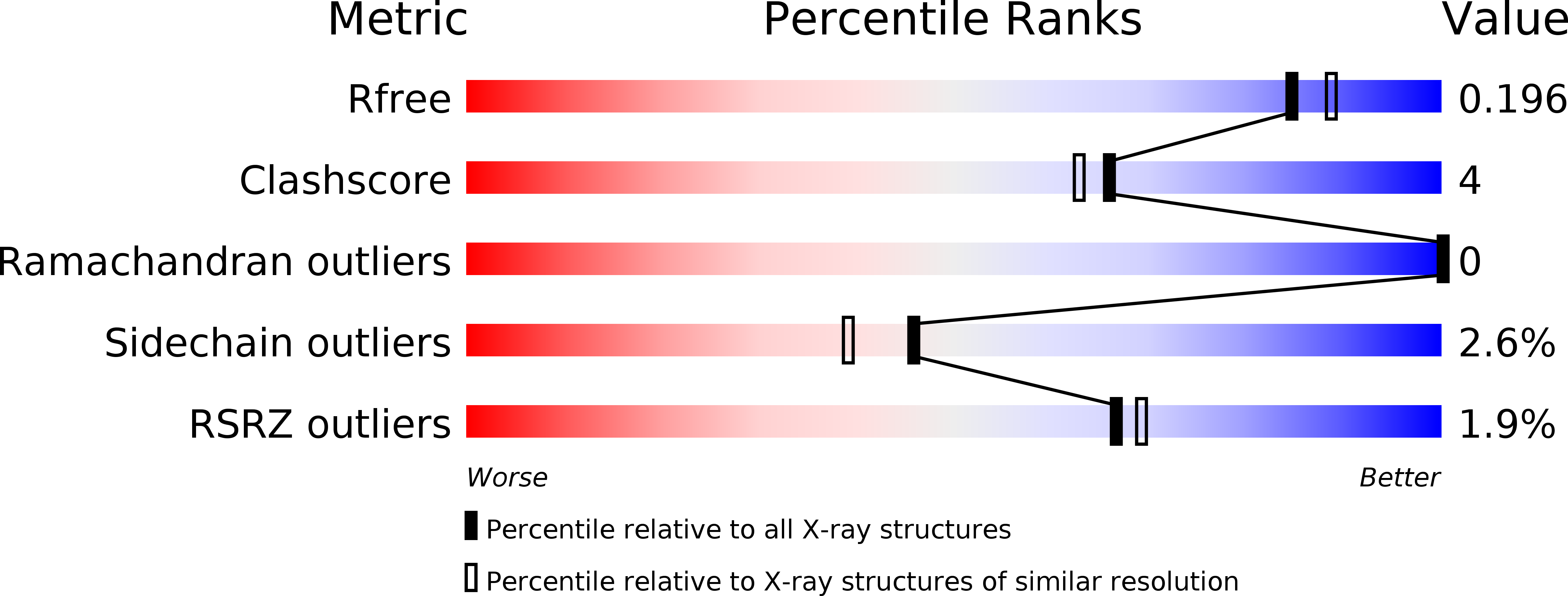
Deposition Date
1999-01-26
Release Date
1999-02-02
Last Version Date
2023-08-23
Entry Detail
PDB ID:
2AE2
Keywords:
Title:
TROPINONE REDUCTASE-II COMPLEXED WITH NADP+ AND PSEUDOTROPINE
Biological Source:
Source Organism:
Datura stramonium (Taxon ID: 4076)
Host Organism:
Method Details:
Experimental Method:
Resolution:
1.90 Å
R-Value Free:
0.20
R-Value Work:
0.17
Space Group:
P 61 2 2


